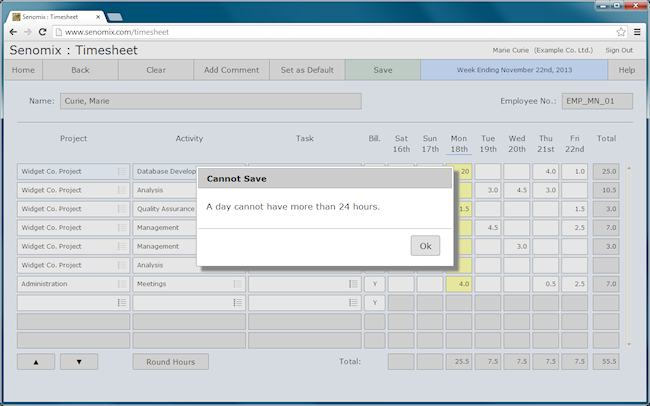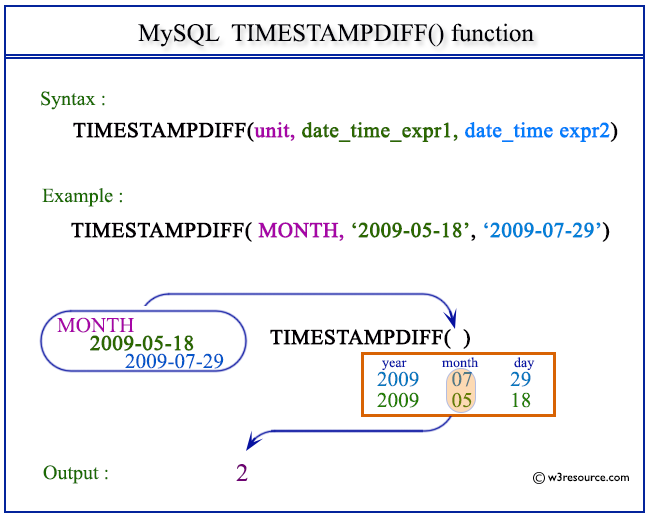

The following table shows how each specific time periods can be calculated. The same is true in reverse for subtraction.

Adding a whole number to a date is like adding the equivalent number of days, while adding a fraction to a date is like adding that fraction of a day to the date. Since dates are actually numbers, certain simple mathematical operations to can be performed on them. The month and day components need no modification, while subtracting 1 from the hour, minute and second components (18, 22 and 31) give values of 17, 21 and 30. Subtracting the 100 from the year component gives a value of 4. The following example uses the dump function to show the contents of a stored date.ĪLTER SESSION SET nls_date_format = 'DD-MON-YYYY HH24:MI:SS' ġ 17:21:30 Typ=12 Len=7: 120,104,7,10,18,22,31Ĭomparing the date and dump values we see that subtracting 100 from the century component then multiplying the resulting value by 100 gives a value of 2000. The following table shows how each of the 7 bytes is used to store the date information. Oracle uses a 7 byte binary date format which allows Julian dates to be stored within the range of 0 BC to 3 AD. The DATE datatype is used by Oracle to store all datetime information where a precision greater than 1 second is not needed. The remainder of this article will discuss the DATE, TIMESTAMP and INTERVAL types in more detail. If you want to discount the time component from the comparison, use the TRUNC or ROUND functions to remove it from both sides of the comparison.

When using Oracle DATE or TIMESTAMP values, remember the following simple rules and you will probably avoid most of the common pitfalls. WHERE TRUNC(col1) = TO_DATE('','DD/MM/YYYY') ĪLTER SESSION SET nls_date_format='DD/MM/YYYY' To remedy this, we must either explicitly use the TO_DATE function with a format mask, set the NLS_DATE_FORMAT appropriately, or use an ANSI DATE literal. That string looks perfectly acceptable to me, because I understand the variations in date formats and that looks like a UK representation of "27th April 2013" to me, but the database doesn't know that. Or set the NLS_DATE_FORMAT to the desired format mask.ĪLTER SESSION SET nls_date_format='DD-MON-YYYY HH24:MI:SS' Īnother common mistake is when you specify a date as a string. TO_CHAR(col2, 'DD-MON-YYYY HH24:MI:SS') AS col2 SELECT TO_CHAR(col1, 'DD-MON-YYYY HH24:MI:SS') AS col1,
DATETIME MINUS MINUTES APEX FULL
To get the full data we have to either explicitly ask for it using the TO_CHAR function with a format mask. You can display the current database, instance and session NLS parameter values using this script.
DATETIME MINUS MINUTES APEX HOW TO
Why has it done this? Because it has used the format mask specified by the NLS_DATE_FORMAT parameter to decide how to implicitly convert the date to a string. SQL*Plus has converted the internal representation of the date into a nice string for us, but it has left out the time component. So both columns contain the same value right?īoth DATE and TIMESTAMP columns contain a time component, which does not match in this case. INSERT INTO t1 VALUES (TRUNC(SYSDATE), SYSDATE) The following examples use the DATE type, but the issues apply equally to the TIMESTAMP type. In the process, they often miss out very important information that can confuse you if you are not careful. What you see on screen from a query is what's in the database right? Well actually, that is often not the case.Ĭlient tools, like SQL*Plus, convert datetime column values into something much nicer to look at. The vast majority of problems people encounter are because of a misunderstanding about how dates are stored in the database. The way the Oracle database handles datetime values is pretty straightforward, but it seems to confuse many client-side and PL/SQL developers alike. Converting Between Timestamps and Dates.Home » Articles » Misc » Here Oracle Dates, Timestamps and Intervals


 0 kommentar(er)
0 kommentar(er)
